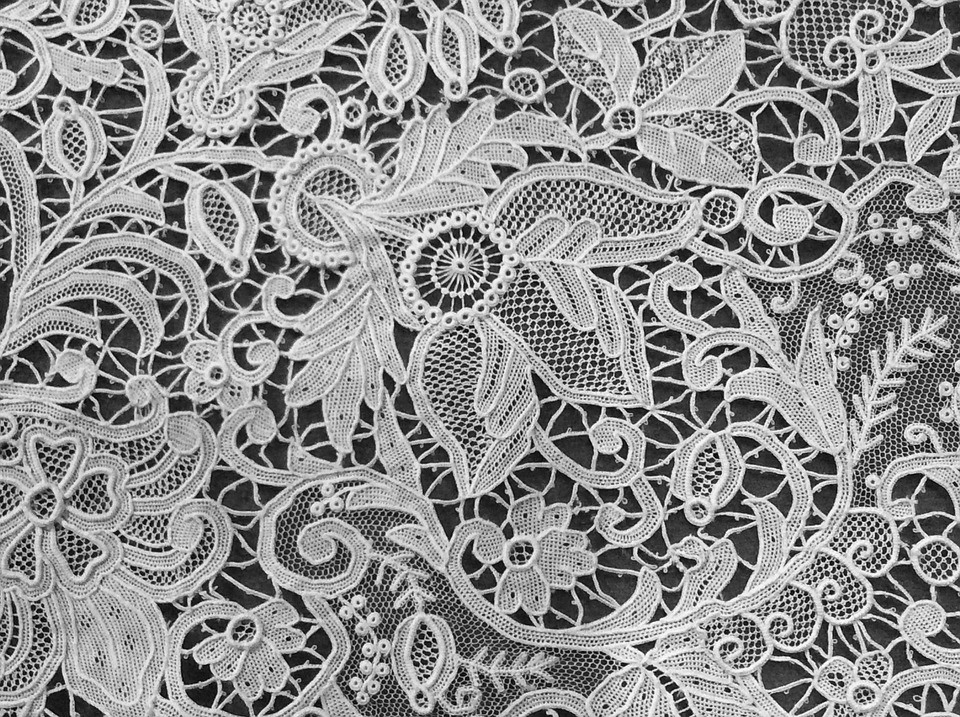When you think of a trip to Italy, your mind probably flies to the ancient streets of Rome, the canals of Venice or the vineyards of Tuscany.
But there is a lesser-known Italy, interwoven with elegance and traditions, which can be discovered by following the thin but powerful thread of a passion: that for lace and embroidery.
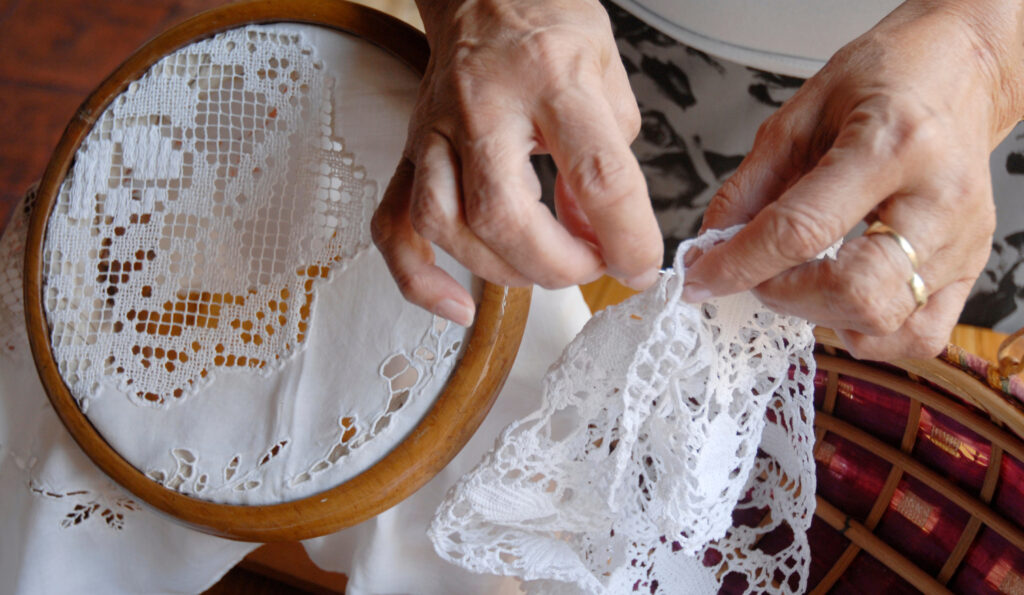
Italian lace has been recognized and appreciated for centuries for its craftsmanship and beauty: it is a passion with an ancient history, handed down over time and today rediscovered and reinterpreted by young artisans and designers. By transforming threads into poetry and weaving them to create true hand-woven works of art, this ancient tradition is passed down and made extremely contemporary.
A short journey, suggested by Elesta’s travel designers, takes us to discover this ancient world, through lesser-known places and territories, where the passion for lace continues to pulsate: cultural centers and museums dedicated to the conservation of precious testimonies on the manufacturing of silk and other yarns, but also textile companies that believe in the culture of beauty, where to understand the legacy and influence of the art of lace and lace on local culture and its impact on contemporary design.
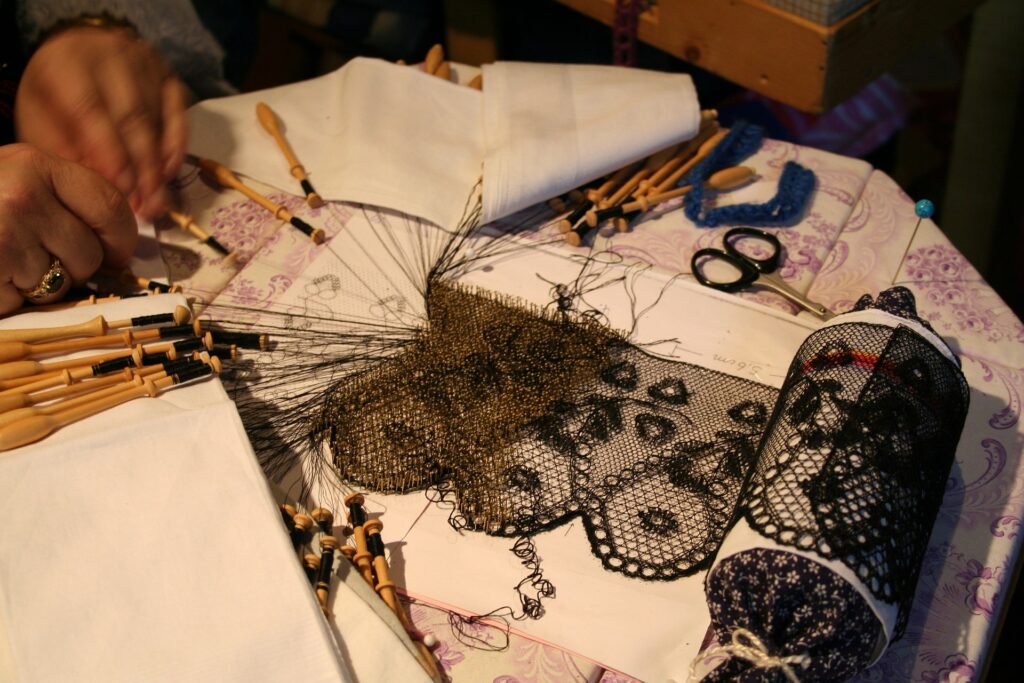
We start from Sardinia, where, in Samugheo, there is the MURATS – Museum of Sardinian textile art, while in Macomer we find an embroidery school where knot lace, the typical lace of the Bosa area, is taught. Let’s move to Sicily, to Cefalù where, among cobbled streets and breathtaking views of the sea, you can discover ancient traditions linked to Sicilian lace: a fascinating way to explore local history and bring home an authentic piece of Sicilian culture.
Going north, in the Abruzzo Apennines there is a bobbin lace museum, in the village of Pescocostanzo, in the province of L’Aquila, while not far away, among the rolling hills of the Marche, we arrive at Offida, a medieval village in the province of Ascoli Piceno, which boasts a long tradition in the production of artisanal lace: here, the narrow streets and paved alleys lead to artisan workshops where you can watch the creation of finely crafted lace.
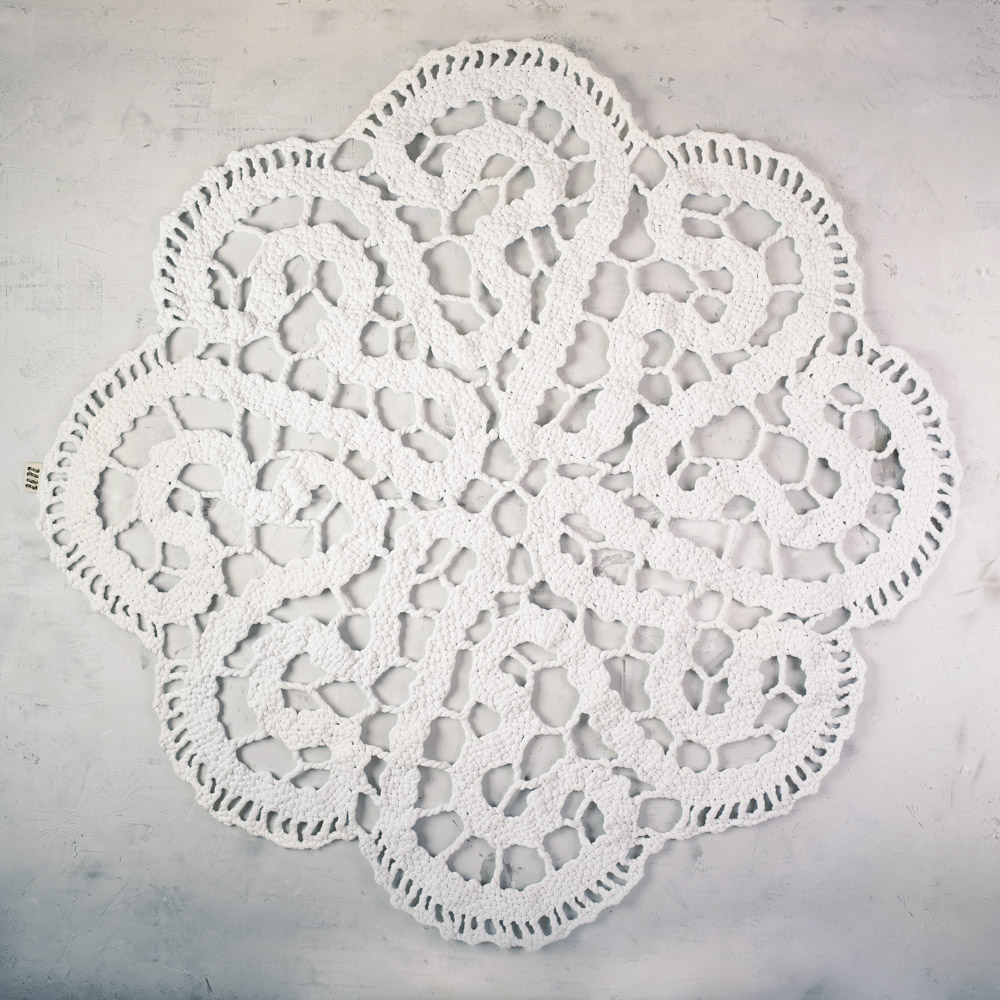
We arrive in Friuli, in Gorizia, where the particular bobbin lace has been worked since the end of the seventeenth century, a unique artistic product, valuable from a technical point of view, which stands out for the beauty of proportions, colors, decorative details, and for accuracy, precision, regularity and uniformity of execution.
A little further west, we encounter the island of colors and lace, Burano. Located in the Venetian lagoon, this island is famous for its picturesque colorful houses but is also the ideal place to immerse yourself in the art of lacemaking. In the workshops, true treasures of tradition, the skilled craftsmen masterfully create unique pieces that tell stories handed down from generation to generation.
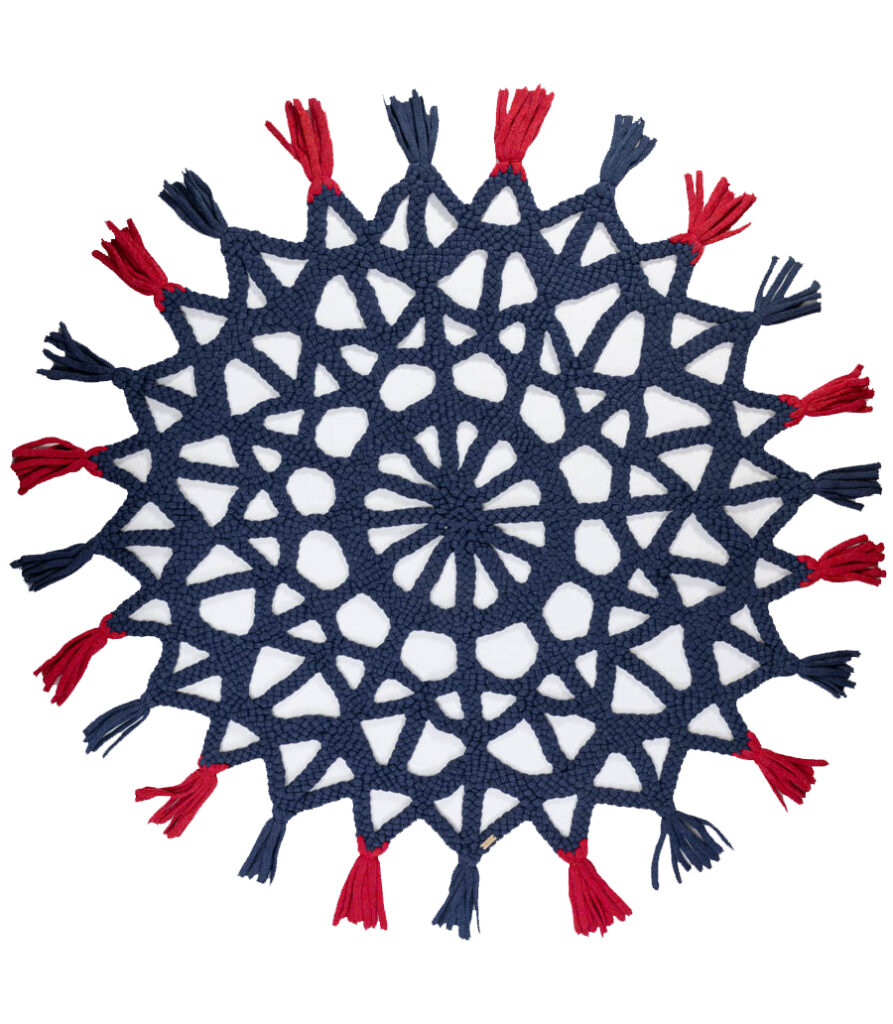
Milan is a center of great interest for the theme of travel, also for its proximity to the world of high fashion, which very often makes use of the refined skills and “golden hands” of artisans and embroiderers.
We conclude our journey on Lake Como, famous for its natural beauty and which also houses an important treasure of artisan traditions. In the towns that overlook the shores of the lake or not far away, it is possible to find workshops where Lombard lace is created. For example, in places like Cantù, a center famous for its particular lace and where, every two years, the International Lace Biennial takes place, reaching its 16th edition in 2023.
Discovering Italy by following the thread of lace is therefore a journey into the authentic heart of the country because every city, every village has its own story to tell through these finely crafted fabrics, which represent a cultural heritage to be preserved and passed down.
Each point on the map is an opportunity to get to know a lesser-known but extremely fascinating Italy, following an itinerary that invites you to slow down and discover the world through the lens of a
ancient and fascinating passion, where art is intertwined with the skill of the artisans, with design and fashion and where the past merges with the present and comes back to life with research and innovation, in timeless creativity.

As Elena Sisti, expert in “slow” travel designed around travellers’ passions and co-founder of Elesta Traveling Passion, explains, this trip is a total immersion in a passion, a celebration of beauty and mastery, but it is also a different way to visit the various Italian regions by being guided by this common thread, which has become very topical again and increasingly loved by people of all ages.


